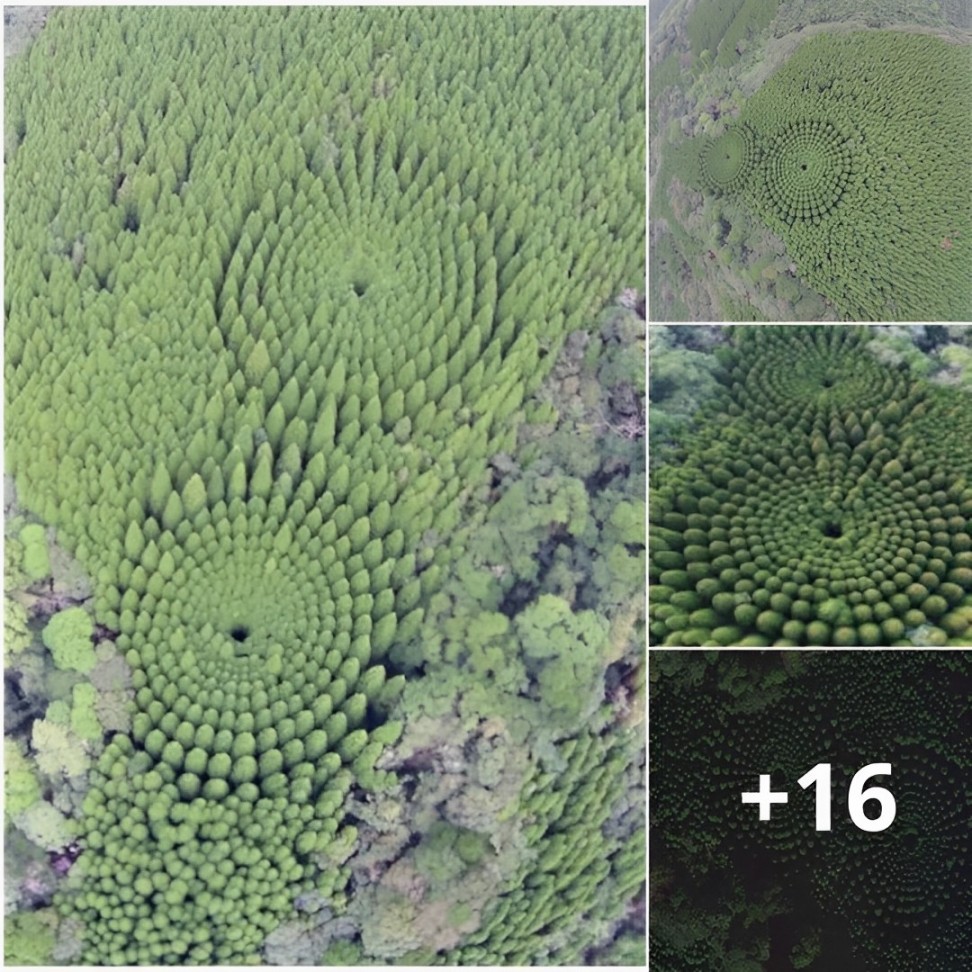Twice a year, the picturesque and otherwise quiet village of Kayabuki no Sato in Japan puts on a spectacular water display. The event does attract tourists, but its real purpose is to test a forest of 62 fire extinguishers scattered across the historic site.
 Image credit: Kayabuki no Sato
Image credit: Kayabuki no Sato
Tucked away in a mountainous region of Japan’s Gifu Prefecture is a small village of Gassho-style houses – uniquely Japanese structures with thatched roofs that are built to withstand heavy snowfall. Founded in the 11th century, the historic community of Kayabuki no Sato was recognized as a UNESCO World Heritage Site in 1995.
Besides the tourists who come to study the architecture and local history, twice a year an unusual attraction draws larger crowds to the village.
 Image credit: Kayabuki no Sato
Image credit: Kayabuki no Sato
The spectacle has an important backstory. A devastating fire in a historical archive facility two decades ago prompted future protective measures. In wake of a cultural loss, a fun new tradition was born.
The testing of the town’s impressive fire extinguishing system has become a tourist attraction.
 Image credit: travel.jp
Image credit: travel.jp
Just before the (houses and passersby) are doused with water, small hut-like structures designed in the traditional style of the village open up their roofs to reveal hidden mechanical sprinklers. While each hut transforms to a fire-fighting device, intense streams of water shoot up into the sky and rotate from left to right. This event has been fittingly dubbed the “Water Hose Festival.”
Here’s what the small huts look like closed and open:
 Image credit: Kayabuki no Sato
Image credit: Kayabuki no Sato Image credit: Kayabuki no Sato
Image credit: Kayabuki no Sato
“Gassho”, the style the buildings were built in, refers to a hand pose that is used when one brings both hands together to pray. The thatched roofs are built in a similar manner to allow snow to easily fall off the sides. This distributes the load and keeps the roof from collapsing.
Of course, a village with many historic thatched roofs needs extensive fire protection.
 Image credit: Kayabuki no Sato
Image credit: Kayabuki no Sato
Visitors to Kayabuki no Sato can experience living in one of these traditional structures themselves. Some of the forty houses are available for rent, allowing visitors to enjoy a peaceful getaway surrounded by mountains and architecture dating all the way back to 11th century Japan. Once the water stops flowing, there’s still plenty to do as you can visit local restaurants, biking paths, and small museums in the village.





